Jumping hours, guichets and visual theatre: The biggest trend from Watches and Wonders explained
Miniature window displays replaced traditional watch hands at this year's Watches and Wonders fair.
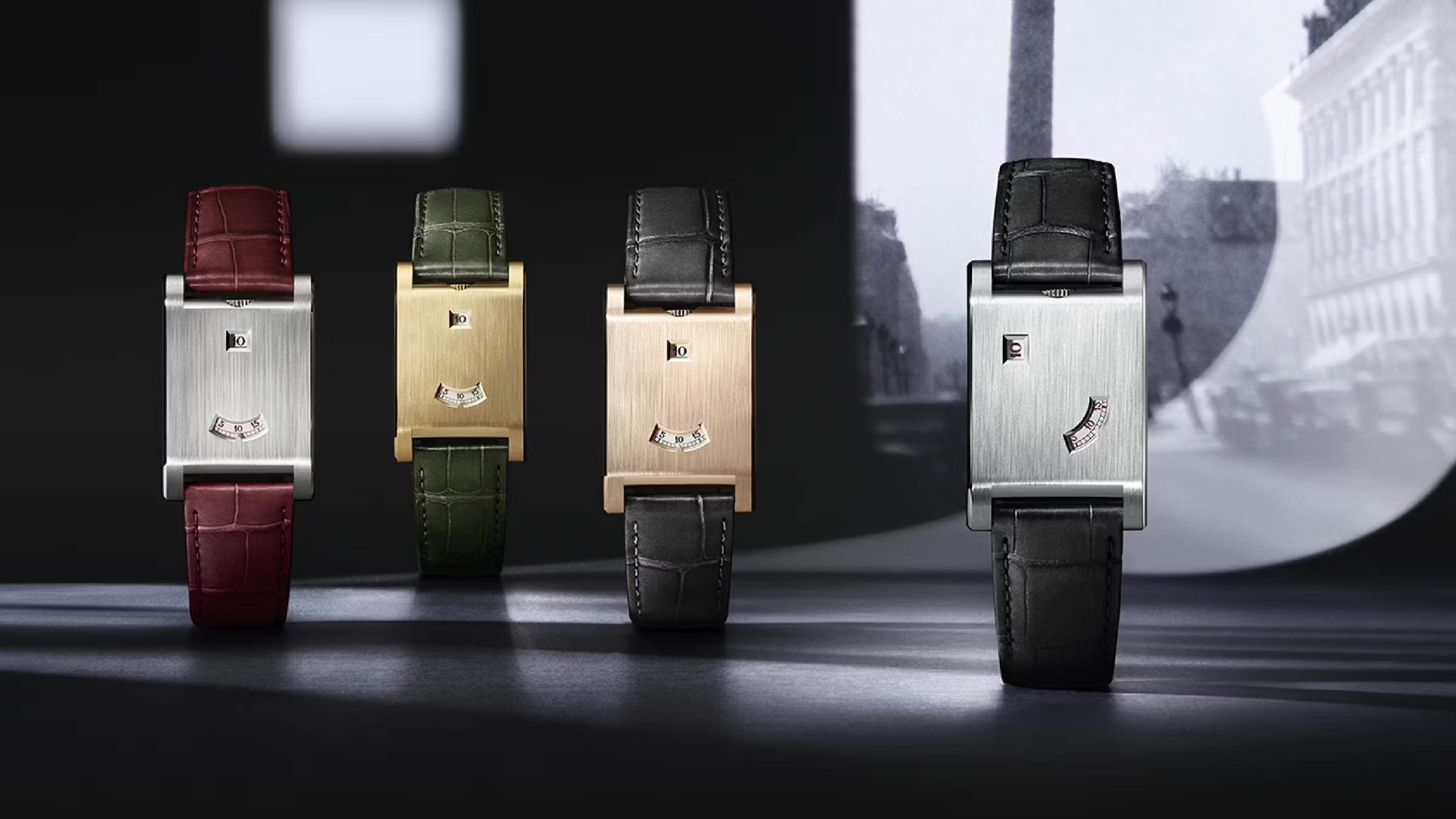

Of all the elements associated with a watch, the ‘big hand, little hand’ concept is about the most basic. We are so primed to understand the relative angle of these two lines that some independent watchmakers — like Ressence or H. Moser & Cie — do away with practically everything else. But with all orthodoxies there is inevitably a counterpoint, and this year has seen a real resurgence of watches designed with no hands whatsoever. At the Geneva watch fair Watches and Wonders, the horological world’s annual get-together where every significant brand shows its wares, watches with miniature window displays were the hot thing everywhere you looked, from Cartier to Bremont.
I say resurgence, because the idea is not a new one. It made its original appearance on pocket-watches of the 19th century, particularly those produced by IWC and known as ‘Pallweber’ models after their original inventor; the style then enjoyed a renaissance during the Art Deco era, when watchmakers combined their new and exciting wristwatches (in all manner of shapes) with window-led displays, the geometric form of case and porthole combining neatly. Cartier was among them, which will be no surprise to anyone familiar with its pioneering approach to design, and this year its flagship launch was a revival of the Tank à Guichets, a version of the classic Tank Louis Cartier with its dial completely enclosed in either gold or platinum, save for two small apertures through which one can read the hour and minutes.
A note on terminology: ‘guichet’ is usually translated as ‘window’, which might jar with anyone whose schoolday French included phrases such as ‘la fenetre de ma tante est ouverte’ — but the translation is less in the sense of a window in a building and more that of a ticket office or cashier’s counter window. Such watches are also usually referred to as ‘jumping hour’ models, because while the minute display rotates consistently in the same way as a hand would, the single numeral displaying the hour remains static for almost 60 minutes and then (depending on the engineering below) either switches over gradually in the space of a few minutes, or more commonly ‘jumps’ abruptly at the top of the hour. There’s a level of visual theatre that appeals to watch geeks.
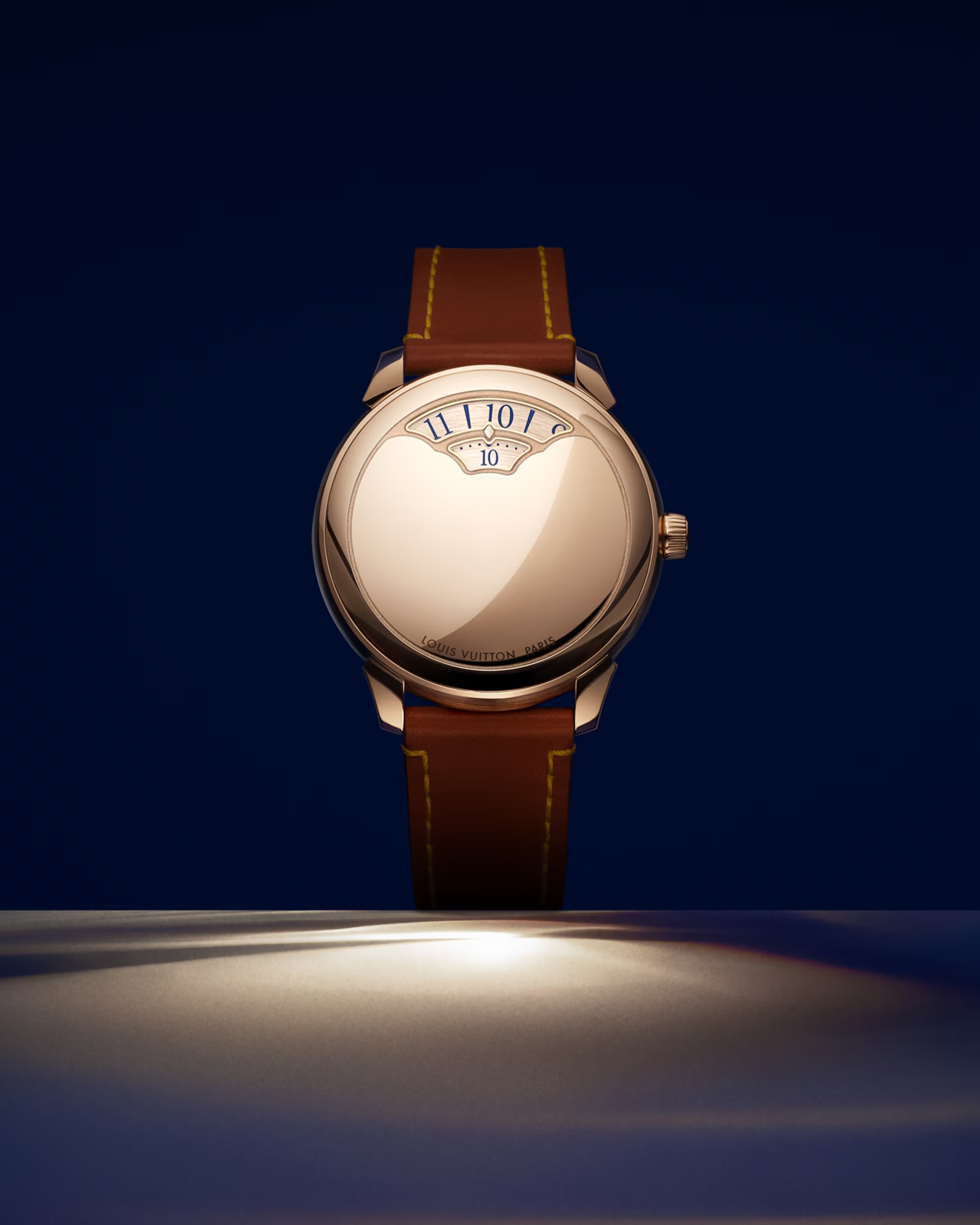
Earlier in the year, Louis Vuitton kicked off the trend with its Tambour Convergence (left), an unashamedly Deco style that stacked the hours and minutes together, leaving the rest of the case free — in the platinum model, it seized the opportunity to set it with diamonds. At Watches and Wonders some brands followed Cartier’s approach of a solid case with ‘guichets’, like Bremont’s surprising Terra Nova Jumping Hour in bronze, while others took a more conventional tack, incorporating a jump hour display into a dial, underneath a sapphire crystal as usual. Among these, Chopard stood out with its magnificent L.U.C Spirit 25, whose dial was created using straw marquetry in a hexagonal pattern, while Gerald Charles marked 25 years of its brand with a limited edition whose dazzling dial almost outshone the discreet hour display at 12 o’clock.
Perhaps the most charming of all was Jaeger-LeCoultre’s Reverso Tribute Nonantieme ‘Enamel’, which combined an ornate jumping hour display with a 120-degree ‘smile’ for the minutes and housed them both in a deep blue and gold enamelled display of the night sky, giving the overall effect of a wonderfully anachronistic astronomical device. Which, in a way, it is.
Exquisite houses, the beauty of Nature, and how to get the most from your life, straight to your inbox.
Chris Hall is a freelance writer and editor specialising in watches and luxury. Formerly Senior Watch Editor for Mr Porter, his work has been published in the New York Times, Financial Times, Esquire, Wired, Wallpaper* and many other titles. He is also the founder of The Fourth Wheel, a weekly newsletter dedicated to the world of watches.
-
 'Comfortable, cosseting and far from the madding crowd': The recently refurbished Cornish cottage that proves Victorian decor is making a comeback
'Comfortable, cosseting and far from the madding crowd': The recently refurbished Cornish cottage that proves Victorian decor is making a comebackPlum Cottage in Padstow, Cornwall, has been brought to life by Jess Alken and her husband, Ash — and is the latest addition to their holiday cottages on the north Cornish coast.
-
 How to make The Connaught Bar's legendary martini — and a few others
How to make The Connaught Bar's legendary martini — and a few othersIt's the weekend which means it's time to kick back and make yourself an ice cold martini — courtesy of The Connaught Bar.
-
 'Comfortable, cosseting and far from the madding crowd': The recently refurbished Cornish cottage that proves Victorian decor is making a comeback
'Comfortable, cosseting and far from the madding crowd': The recently refurbished Cornish cottage that proves Victorian decor is making a comebackPlum Cottage in Padstow, Cornwall, has been brought to life by Jess Alken and her husband, Ash — and is the latest addition to their holiday cottages on the north Cornish coast.
-
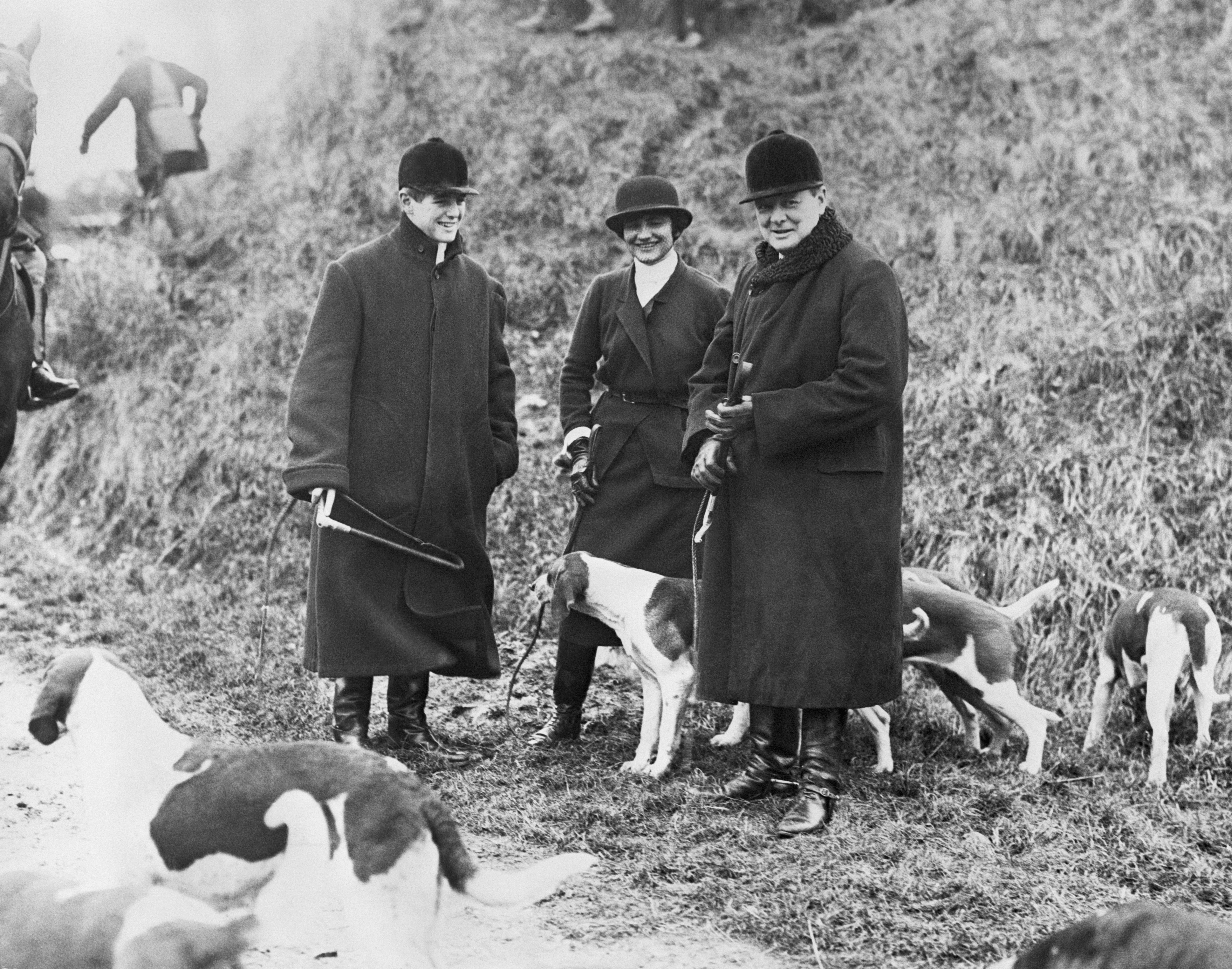 Coco's crush: Chanel's century-long love affair with Britain and its men
Coco's crush: Chanel's century-long love affair with Britain and its menFor the past 100 years, Chanel — the person and the brand — has left an indelible mark on the UK and its cultural institutions. Amie Elizabeth White takes a look at how the relationship came to be.
-
 Critics be damned, Liverpool Metropolitan Cathedral gets Grade I status on advice from Historic England
Critics be damned, Liverpool Metropolitan Cathedral gets Grade I status on advice from Historic EnglandLooking a bit like a large piece of moon-landing equipment on which you’d best not sit, with indoor lighting that wouldn’t look out of place in a nightclub, the building has ever divided opinions.
-
 Whatever floats your moat: Tower of London's former waterway receives help to adapt to the pressures of climate change
Whatever floats your moat: Tower of London's former waterway receives help to adapt to the pressures of climate changeIt is one of five gardens across the globe that have been selected by the fund for aid in adapting to the growing pressures of climate change.
-
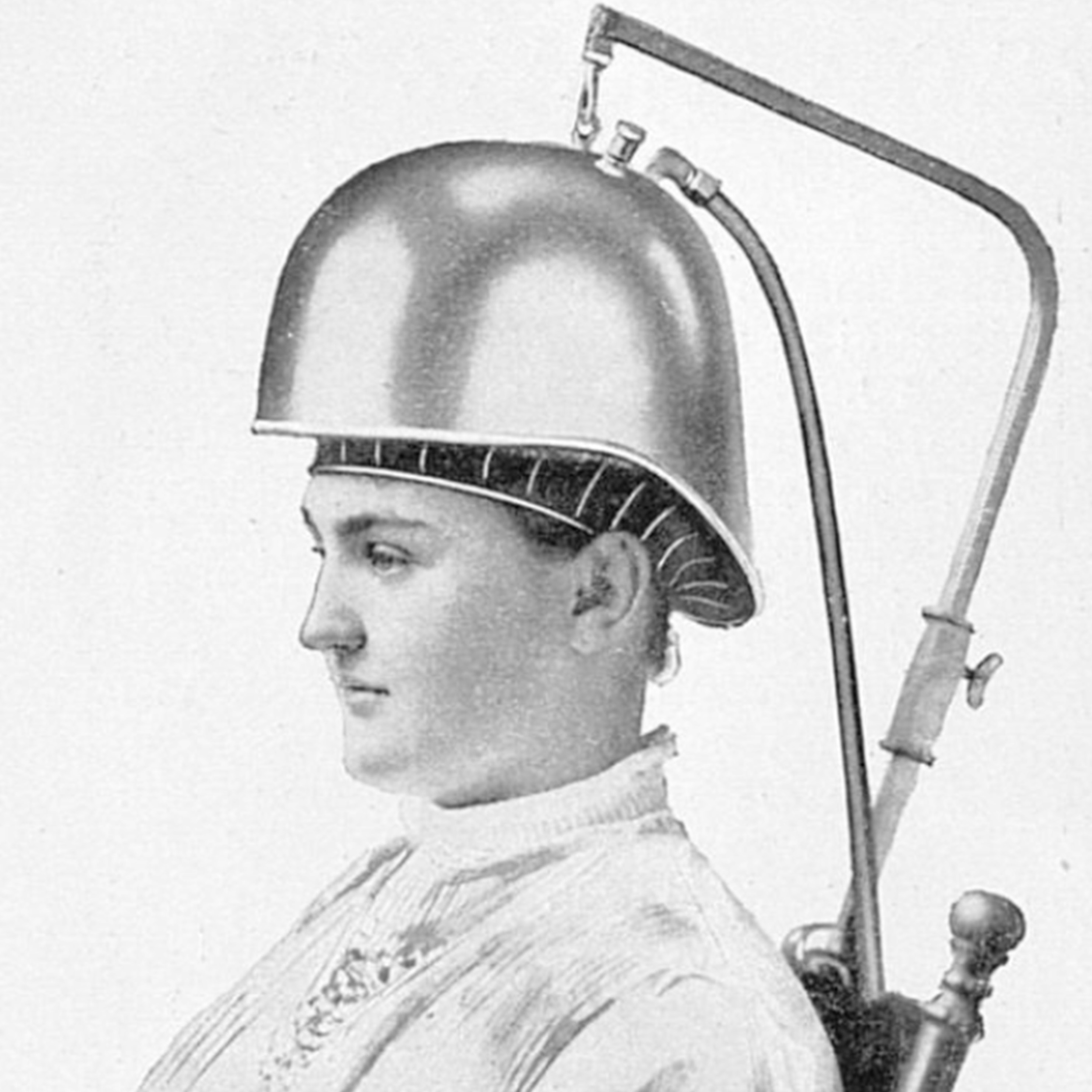 From the Country Life archive: The questionable vacuum caps that promised a 'healthy, vigorous growth of hair'
From the Country Life archive: The questionable vacuum caps that promised a 'healthy, vigorous growth of hair'Every Monday, Melanie Bryan, delves into the hidden depths of Country Life's extraordinary archive to bring you a long-forgotten story, photograph or advert.
-
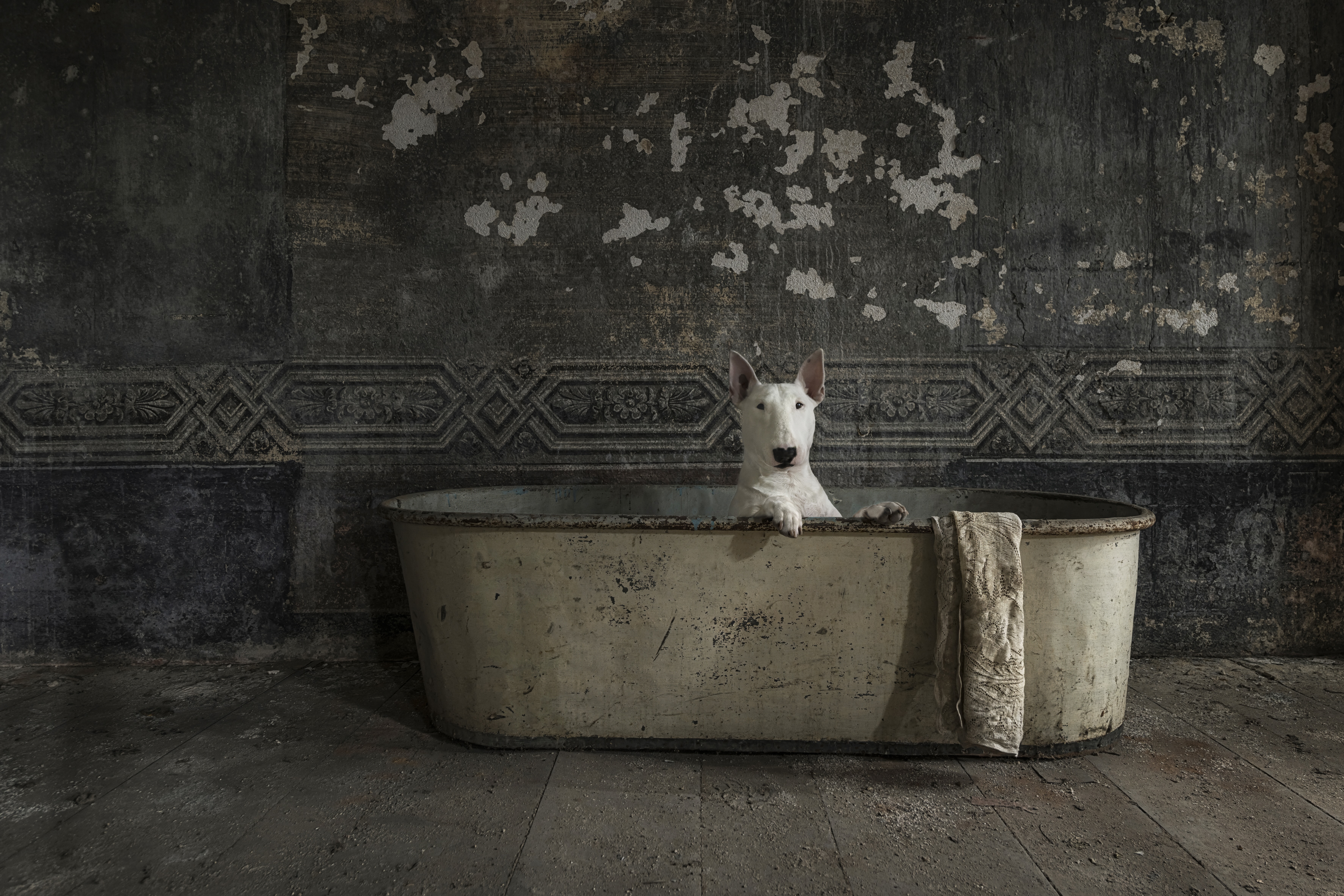 Canine muses: The English bull terrier who helped transform her owner from 'a photographer into an artist'
Canine muses: The English bull terrier who helped transform her owner from 'a photographer into an artist'In the first edition of our new, limited series, we meet the dogs who've inspired some of our greatest artists.
-
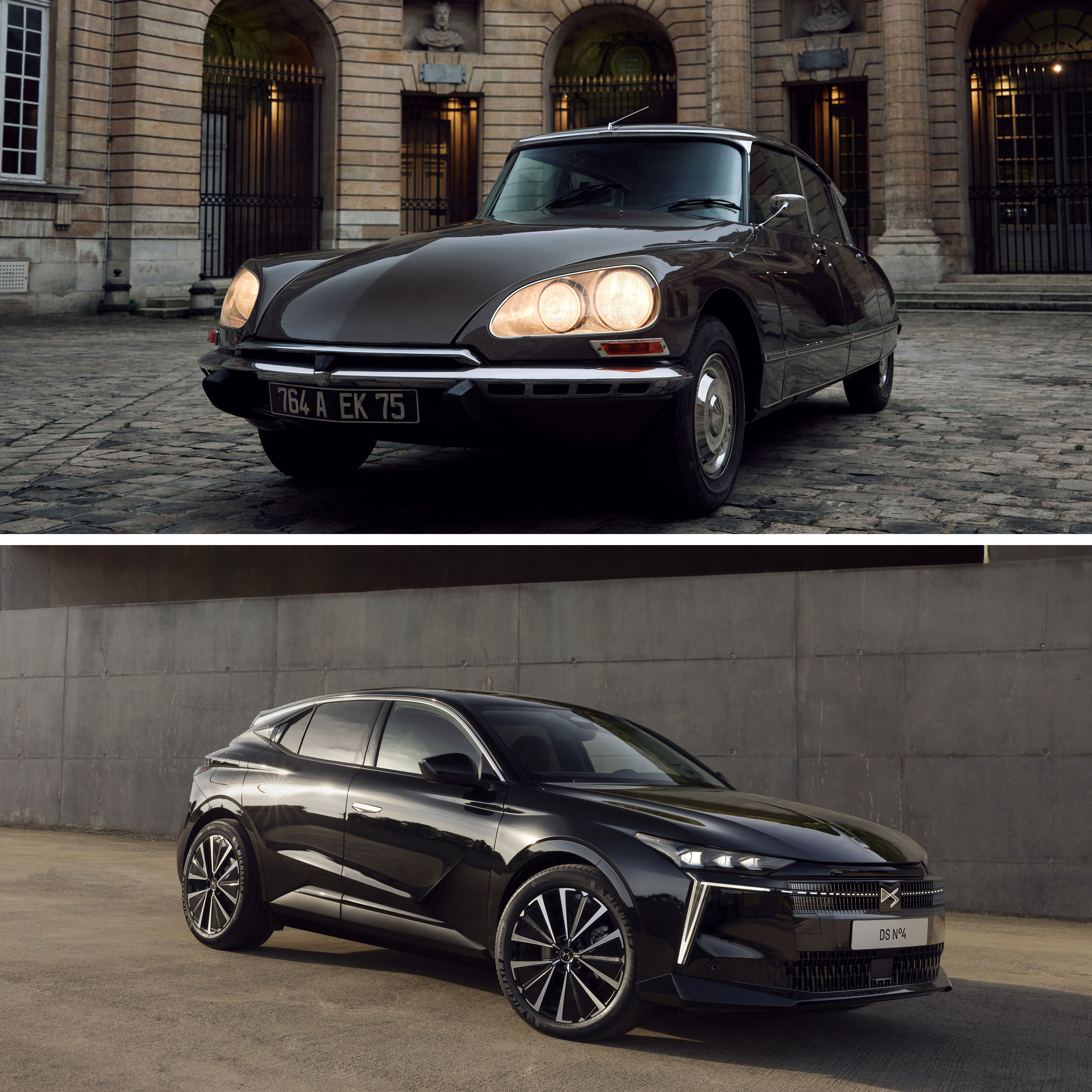 The successor to the 'most beautiful car of the 20th century' is smooth, comfortable... and ends up highlighting everything that's wrong in car design today
The successor to the 'most beautiful car of the 20th century' is smooth, comfortable... and ends up highlighting everything that's wrong in car design todayThe DS No. 4 traces its lineage back to the Citroën DS, a car so extraordinary that people described it as looking 'as if it had dropped from the sky'. And while the modern version is more friendly to the earth, says Toby Keel, it's also worryingly earthbound.
-
 Richard Rogers: 'Talking Buildings' is a fitting testament to the elegance of utility
Richard Rogers: 'Talking Buildings' is a fitting testament to the elegance of utilityA new exhibition at Sir John Soane's museum dissects the seminal works of Richard Rogers, one of Britain's greatest architects.
